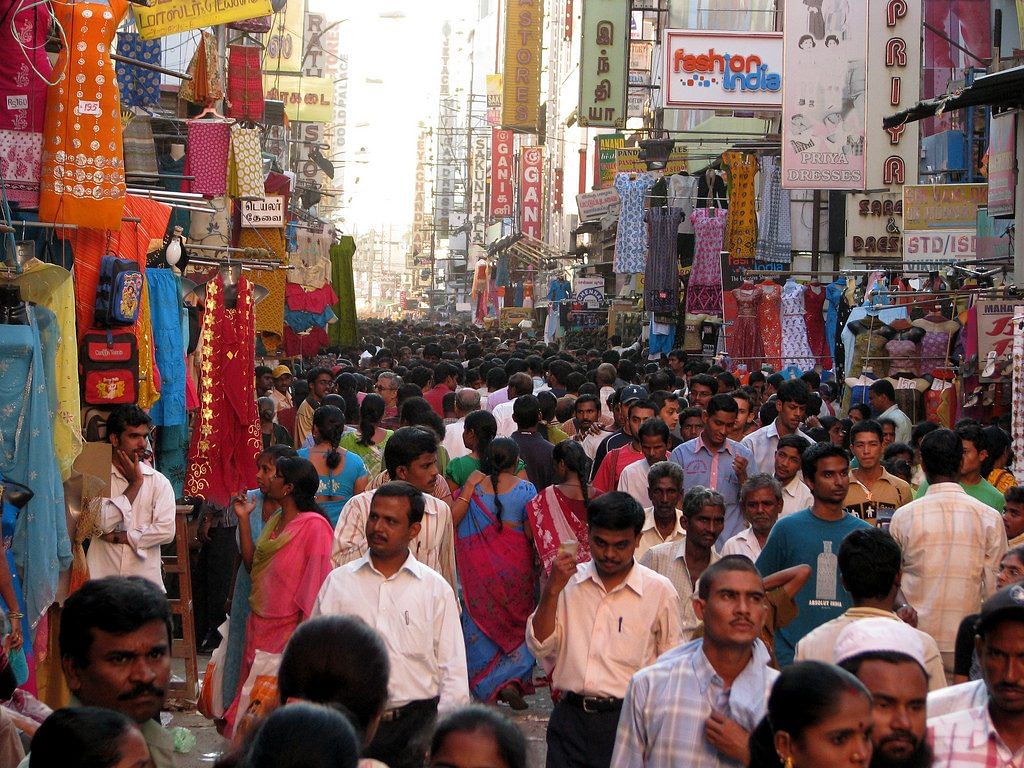During the past month, a state-wide rally and a conference have been organised in Maharashtra to mobilise OBCs over the issue of caste census.
Four decades after the Mandal Commission unsuccessfully asked the home ministry to undertake the task of counting castes in the census, similar demands have resurfaced as the 2021 census operations are about to begin.
During the past month, Haribhau Rathod, former MP and president of the Rashtriya Banjara Kranti Dal, organised a month-long statewide tour called the Constitutional Justice Rally, and visited all the districts in Maharashtra to mobilise OBCs (Other Backward Classes) over the issue of caste census. A conference on caste-based OBC census was also held in Mumbai on 11 May.
The data on castes began to be collected from India’s first decennial census itself, which was completed in 1872 under the British Raj. In this census, 3,208 castes were identified across India. The colonial government continued to collect information related to castes till the 1931 census, but the later censuses haven’t followed this practice.
After India’s Independence, caste-related data on Scheduled Castes (SCs) and Scheduled Tribes (STs) have been regularly collected since the first post-Independence census of 1951. Therefore, we know their exact percentage share in the population — 16.6 per cent for SCs and 8.6 per cent for STs, according to 2011 census. But the government hasn’t felt inclined to collect caste data of the rest of the population.
The demand for including caste column in the census reached a high pitch around 2011 census. OBC leaders such as Lalu Prasad Yadav, Mulayam Singh Yadav, Chhagan Bhujbal and Gopinath Munde batted for it. Questions were raised in Parliament and outside, and the central government had to accede to the demand. Caste data, however, was collected under a separate census called Socio Economic Caste Census (SECC). The SECC data was partially released in 2015, but the government has withheld the caste data in the census. Union minister Ramdas Athawale recently made a demand for the release of this data.
Different surveys, different numbers
The primary importance of enumerating castes is that it will give us a fairly accurate demographic data about various caste blocs in India. Right now, we don’t have an accurate figure for the population of OBCs. Different surveys have thrown up different numbers.
The OBC bloc feels that the 27 per cent reservation it gets is inadequate compared to its population figure, which Mandal Commission had put at 52 per cent after extrapolating 1931 census figures.
Rathod says: “Knowing caste-based data of OBC population is important to frame policies for them, and devise welfare schemes and other measures of upliftment. Our demand is for universal caste enumeration. But if that is not acceptable to the government, at least OBC census should be carried out.”
The percentage numbers for caste blocs such as Brahmins, Baniyas and other non-reserved category are also fuzzy. This makes it difficult to empirically prove the extent of dominance that Brahmins and other Dvija castes have over wealth and power in the country.
Better software, expert insights can help
However, there are two main arguments against including caste column in the census — one logistical and the other ideological.
The logistical argument is that it is practically impossible to collate caste data that will be collected in the census considering the number of caste entries that will be received; that census enumerators are not qualified enough to handle the complexities of caste; that there would be lot of wrong entries because different people may understand the question “what is your caste” differently; and that there is no mechanism to analyse caste data objectively.
The ideological argument is that the census will solidify caste identities, which goes against the goal of annihilation of castes.
The logistical difficulties are already being felt with SECC data, as according to this Hindustan Times report which says that “census enumerators who covered 330 million households ended up with a list of 4.6 million entries”. This is also given as the reason why the government hasn’t been able to release caste component of SECC data so far.
While the challenging nature of this work is indisputable, these difficulties are not insurmountable. Better software and employment of experts should make sorting of data an achievable task. There is no reason to stop collection of data in anticipation of these logistical challenges. How this data is processed can be decided later. Also, the system can be perfected over the course of subsequent censuses. The 2021 census needn’t be thought of as the final authority on demographic data related to caste.
The argument that caste enumeration will make castes rigid is similarly unconvincing. Though caste as a mobilising force is playing an increased role in politics, these mobilisations are taking place around multi-caste blocs such as Dalit, Pasmanda, OBC, etc. When multi-caste alliances come under one umbrella for their shared demands, it poses a serious challenge to the caste system. It defies the logic of caste system which says that no two castes can share a feeling of solidarity because of the in-built superiority/inferiority.
Single-caste, silo-mobilisation of numerically stronger castes like Marathas, Jats, Patels, Gujjar etc., will go on whether there is caste enumeration or not. They put pressure on the government and public policy because of their sizeable population. Caste enumeration might actually help to puncture their claims of inflated numbers. Smaller castes, however, with no numbers and no organisational wherewithal have no option but to form alliances with other castes – which goes against the spectre of rigid silos.
Tejas Harad is a social commentator and works at the Economic and Political Weekly as copy editor.
